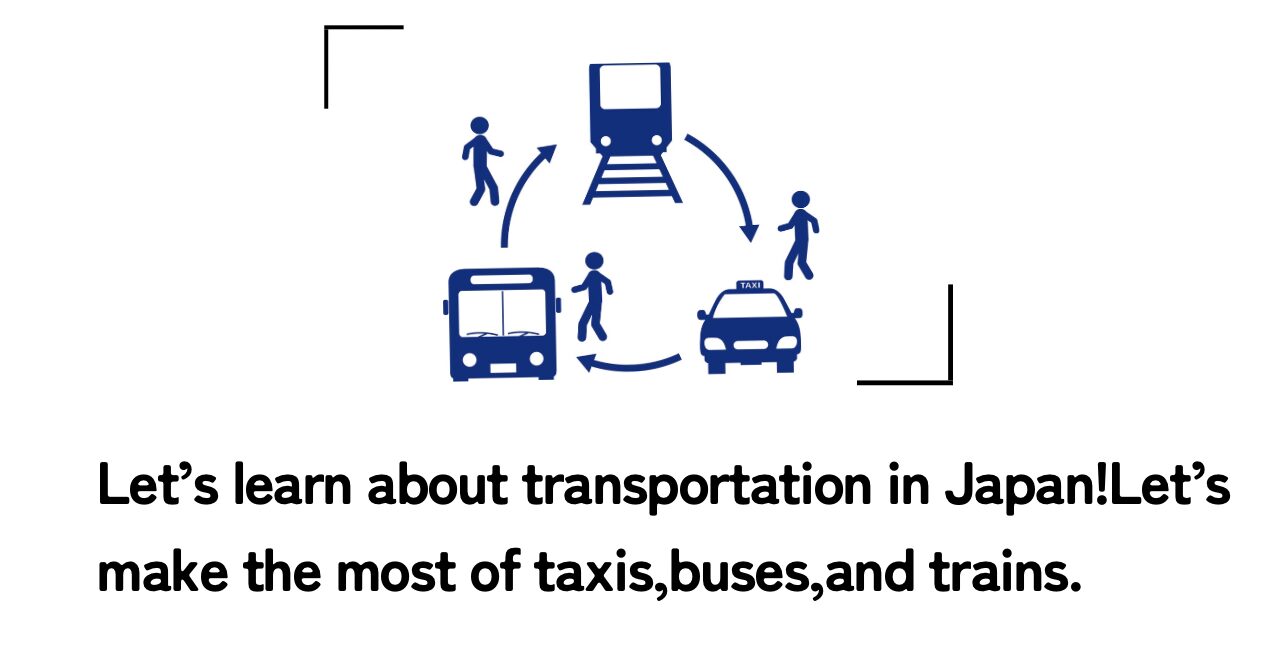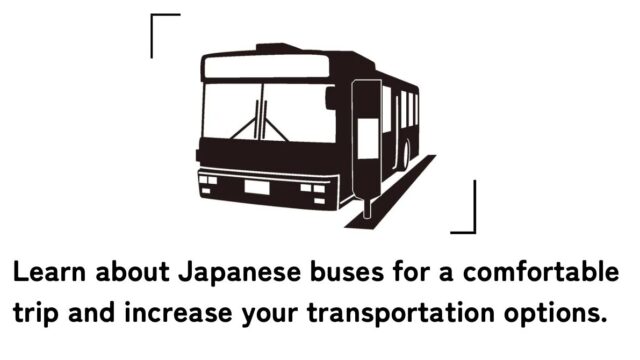Japan has lots of ways to get around, like taxis, buses, and JR trains. But how do you choose the best one for your trip? This guide will help you understand the pros and cons of each option so you can make your trip more comfortable and fun.
1. Cabs (Taxis)
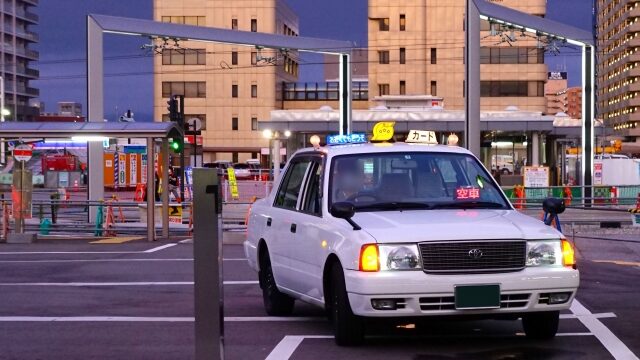
Taxis in Japan are known for being friendly, safe, and easy to use. They’re available in most cities and can be a great option if you’re in a rush or have heavy luggage.
Pros of Taking a Taxi:
- You can go directly to your destination.
- The drivers are polite, and the ride is comfortable.
- Useful if you need to get somewhere at a specific time, or if it’s rainy or late at night.
When Should You Take a Taxi?
- When you need to go directly to your destination without transfers.
- If you have lots of luggage or you’re tired from sightseeing.
- If you’re in a hurry or need to be somewhere at a specific time.
Note: Taxis can be expensive, especially for long trips or during traffic. If you don’t speak Japanese, it’s helpful to write down the name and address of your destination.
2. Buses
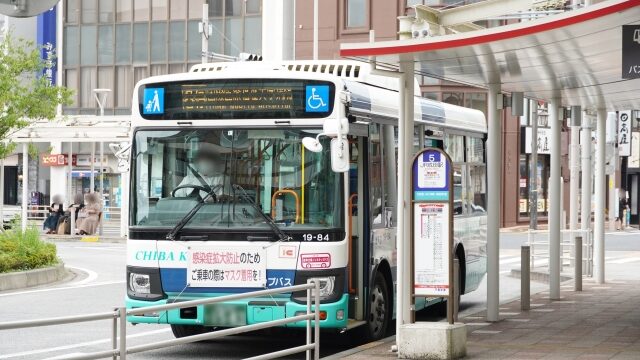
Buses are a common and affordable way to travel in Japan. They are widely used in cities and are a good way to visit popular tourist spots. Many buses also have sightseeing routes.
Pros of Taking a Bus:
- Buses go to lots of different places, including major tourist attractions.
- They are relatively inexpensive, making them a good option if you’re on a budget.
- They are a good choice for traveling around specific areas, especially for sightseeing.
When Should You Take a Bus?
- When you need to travel between a station and a tourist spot.
- If you’re taking a sightseeing tour bus.
- For traveling at night when other options may not be available.
Note: Buses can get crowded, especially during busy times, and travel times can be a bit unpredictable, so make sure to plan accordingly.
3. JR Trains
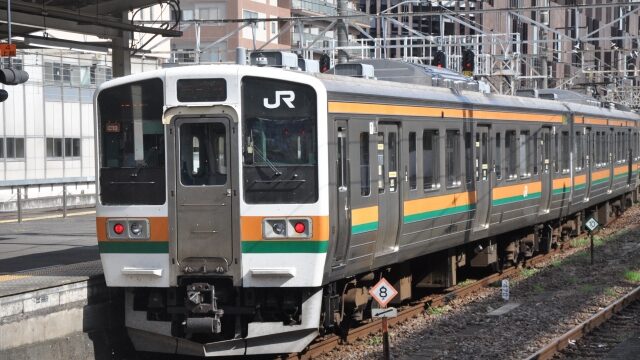
JR trains are the best way to travel around Japan, especially for longer distances. With different types of trains (like high-speed Shinkansen, limited express, and local trains), you can easily travel between cities or to tourist destinations.
Pros of Taking JR Trains:
- Fast, reliable, and comfortable.
- They connect almost all major cities and tourist spots across Japan.
- Signs and announcements are in English, making it easy for foreign travelers.
- You can use IC cards (like Suica or PASMO) for smooth transfers and payments.
When Should You Take a JR Train?
- For traveling between cities or to regional areas.
- If you’re planning to visit popular tourist destinations across the country.
- If you prefer fast and on-time travel.
How to Choose the Best Option?
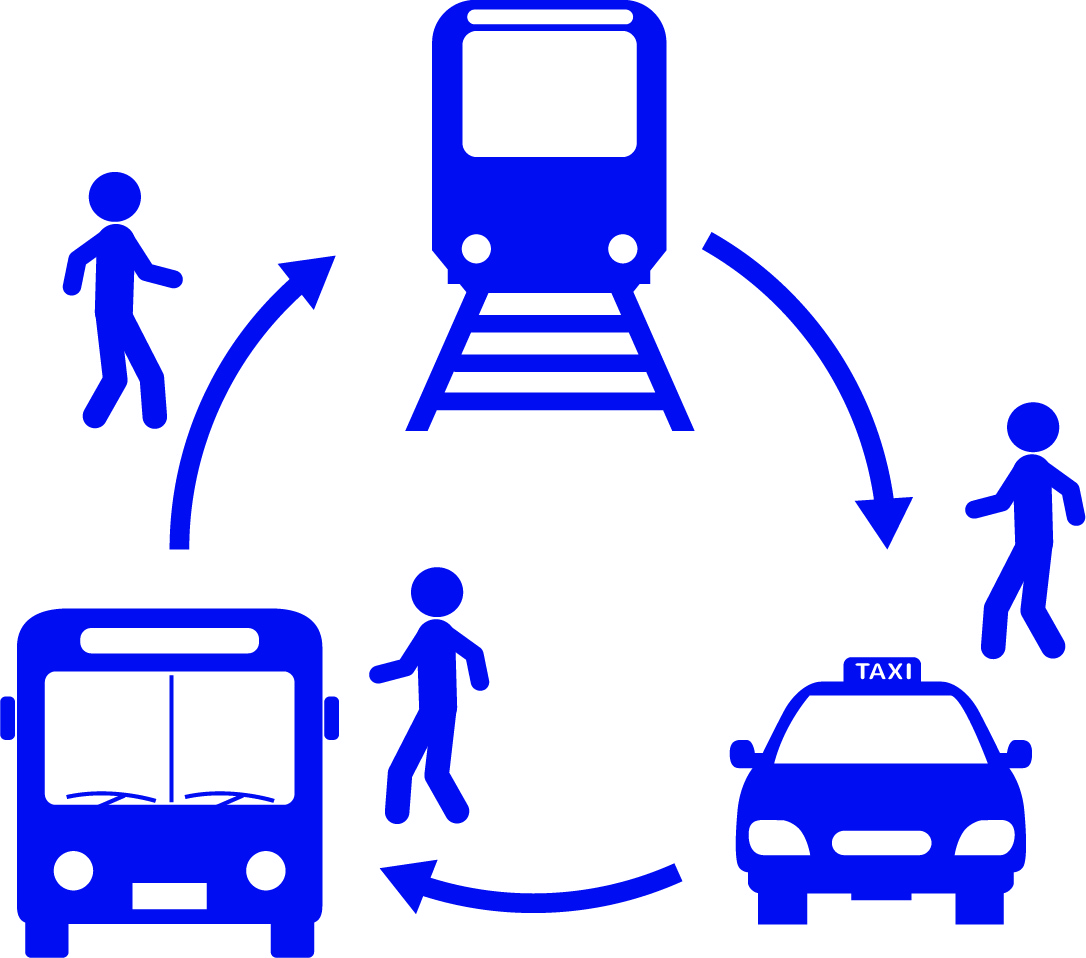
The best way to travel depends on where you’re going, your budget, and how much time you have.
- For short trips or if you’re traveling with a few people, taxis and buses are great options.
- For long-distance travel or if you’re visiting multiple cities, JR trains are your best bet.
If you’re trying to save money, buses are a very affordable option. But if you want convenience and speed, JR trains are perfect.
Summary

Japan offers a variety of transportation options to make your trip easier and more enjoyable. Taxis are convenient but can be expensive. Buses are affordable and cover a lot of tourist spots. JR trains are perfect for longer journeys and connecting major cities.
By understanding the strengths of each option, you can choose the best way to get around and enjoy your time in Japan to the fullest. Safe travels!
You are planning a trip to Japan. Japan has a wide variety of transportation options, and there are many ways to get around, including cabs, buses, and JR. However, many of you may be wondering which means of transportation you should choose.
This article will explain in detail the key points for using cabs, buses, and JR, as well as the characteristics of each means of transportation. We hope you will find it useful and enjoy your trip in Japan more comfortably.
